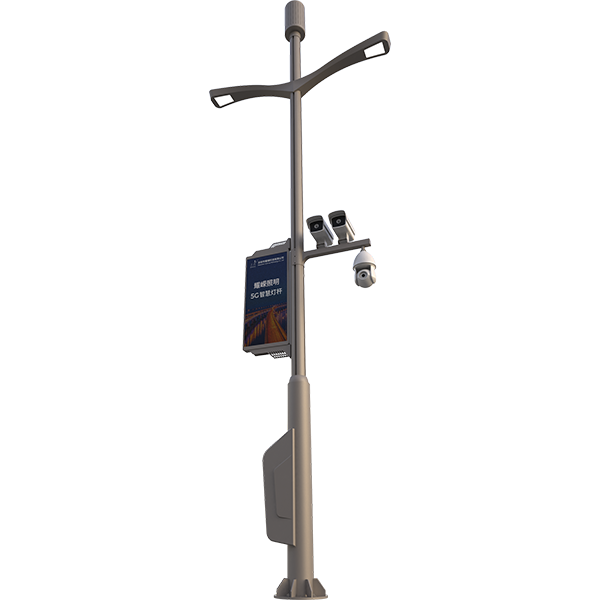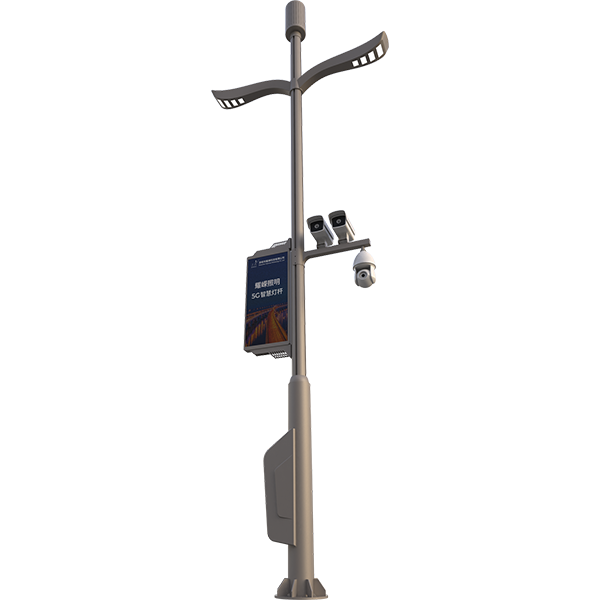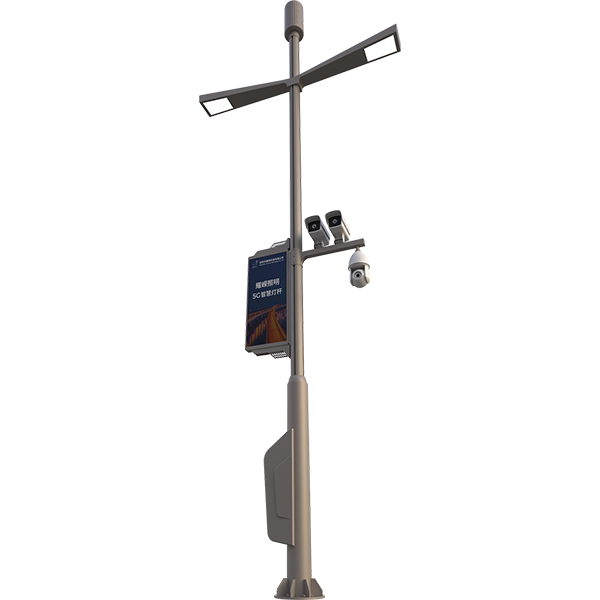For Yaorong LED plant growth lamp supplement light technology, you will learn about the following issues in this article:
·Which wavelength of light has an effect on plants?
· What are the advantages of LED plant growth lights?
·How to choose LED light source parameters?
·What does the current LED plant growth light look like?
1. The effect of light on plants
In the natural spectrum, the effects of different spectral bands on plant physiology include:
280 ~ 315nm has the least impact on morphology and physiological processes;
315 ~ 400nnm chlorophyll absorbs less, which affects the photoperiod effect and hinders stem elongation;
400 ~ 520nm (blue light) has the largest absorption ratio of chlorophyll and carotenoids, and has the greatest impact on photosynthesis;
The absorption rate of 520 ~ 610nm pigment is not high;
610 ~ 720nm (red light) chlorophyll absorption rate is low, which has a significant impact on photosynthesis and photoperiod effects;
720 ~ 1000nm absorption rate is low, stimulate cell elongation, affect flowering and seed germination;
>1000nm is converted to heat.
In the visible light band 400 ~ 520nm blue light and 610 ~ 720nm red light have the greatest impact on plants, and in the blue and red wavelength bands, 450nm blue light and 660nm red light have significant effects on plants.
2. The advantages of Yaorong LED plant growth light
Focus on the development and production of LED plant lights.
First-class production technology, imported production equipment, the pass rate of quality inspection is as high as 99.5%, and the pass rate of shipment is 100%.
Products are exported to many countries at home and abroad, and customers are all over the world.
All products have passed CE, RoHS, FCC, PSE and other authoritative certifications.
Compared with the traditional plant supplement light source, it greatly reduces heat dissipation, has a life span of up to 50,000 hours, and the light-emitting angle can be about 120°. The light efficiency is increased by more than 50%, which is safe, environmentally friendly and energy-saving.
3. LED light source parameter selection
Selection of LED light source intensity
When designing the light intensity of plants, you need to refer to two key points of plant photosynthesis, one is the light compensation point, and the other is the light saturation point.
The light compensation point means that as the light intensity decreases, the photosynthetic rate decreases. When the light intensity decreases to a certain value, the photosynthetic rate of the leaves is equal to the respiration rate, and the net photosynthetic rate is zero. The light intensity at this time is called light compensation. point. At this time, if you want to continue the photosynthesis of the plant, you need additional light compensation.
The light saturation point is above the light compensation point. As the light intensity increases, the photosynthetic rate also increases accordingly. When reaching a certain light intensity, the photosynthetic rate no longer increases with the increase of light intensity. This phenomenon is called light intensity. Saturation phenomenon. The light intensity at which the maximum photosynthetic rate is reached is called the light saturation point. If the outside light is stronger than the light saturation point of the plant, it will form a waste of light.
4. Yaorong's fourth-generation LED plant growth light
Yaorong's fourth-generation LED plant growth light adds an intelligent module to realize internal and external modules (network cable connection) + main control box, and realizes full-spectrum technology at the same time, to meet the spectrum required for any plant planting, adjust the spectrum, intelligent control, and timing dimming , To give plants the best vegetative state.






